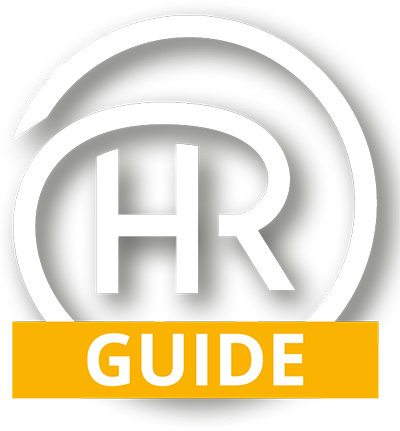Disciplinary – Conducting a Disciplinary Procedure
Written by Andrew Johnson, Founder and CEO HRGuide - Thu 24th Oct 2024
How to conduct a disciplinary procedure
Disciplinary action can feel formal and time-consuming. But having a proper system protects you from legal claims. In these situations, emotions are likely to run high. So, a fair disciplinary procedure can help keep things calm and professional. This allows you to deal with matters properly–without ruining employee relations and morale.
Here are the steps on how to conduct a disciplinary procedure:
- Carry out a comprehensive investigation - Begin the investigation process by gathering all evidence and information needed to verify the facts. Speak with witnesses, review information, and hold an investigation meeting with the employee in question.
- Remember, an employee has the right to bring a representative to the investigation meeting. So, outline this within your disciplinary procedure guidelines. Having a representative could be appropriate for a young worker or a disabled person.
- At this point, make sure you record all notes and evidence during the internal process. If you're looking into possible gross misconduct, it may be reasonable to suspend the employee while the investigation is underway.
If you believe there is no case to answer, the case will be closed. Otherwise, you can action a formal disciplinary meeting.
Actioning a Formal Disciplinary Meeting
- Provide a written statement on the issue - If you decide there is a disciplinary case to answer, you should inform the employee in writing that a disciplinary hearing will be held.
- After the hearing and after careful consideration of the evidence, decide whether you should take any formal disciplinary action against them.
- Disciplinary sanctions shouldn't be imposed before the hearing. The hearing should be held as soon as possible, while still giving the individual enough time to prepare.
- The letter should outline the nature of the allegations in full detail for the employee to reply. Any witness statements and other evidence should be included.
- You should also indicate when and where the formal hearing will be held, as well as their right to be accompanied by someone else. Upon reasonable request, this may be a colleague, a trade union representative, or a trade union official.
- If the employee's representative is unable to attend the hearing at the scheduled time, reschedule the hearing. You can postpone it to a time chosen by the employee. Just pick a date which is reasonable and no more than five working days after the initial date.
Set up a disciplinary hearing
- The disciplinary hearing should be held as soon as possible after the investigation process. At the hearing, you should go over the evidence with the employee and discuss the alleged concerns or complaints.
- In the meeting, give the individual a chance to express their perspective on the situation. They could wish to express certain mitigating circumstances they’ve faced.
- Allow them to bring relevant evidence, take a short break, or call their own witnesses to seek advice and evidence. If the employee raises an important new fact, you can adjourn the matter for further investigation.
- As an employer, remember employees can allow their representative to talk on their behalf. For example, the companion can share what the employee wishes to present. However, they cannot answer questions on their behalf.
- If you are conducting the meeting online, you can record it as part as evidence for the process. Make sure all parties agree to this beforehand.
Make a disciplinary decision
- You should inform your employee of your final decision during the disciplinary meeting or shortly afterwards. You can inform them personally but provide it formally in writing.
- Depending on the grounds for the disciplinary action, disciplinary decisions could be:
- A verbal warning.
- A written warning.
- A final warning.
- No action.
- Demotion.
- Dismissal.
- The outcome could also relate to resolutions specific to the misconduct. For example, the employee could be asked to rectify relations with another co-worker with whom they've had personal problems with.
Dealing with disciplinary appeals
- Your employee has a legal right to appeal against any disciplinary action taken against them during a disciplinary meeting.
- They may decide to appeal if they believe the outcome is wrong or unfair. However, they should provide their reasons for an appeal in writing.
- When you receive this, schedule an appeal hearing as soon as possible. Every appeal should be considered by an impartial chair. The chair should not have been involved in the disciplinary or investigation procedure previously held.
- The potential outcomes would be either overturning the earlier decision made at the hearing. Or dismissing the appeal and reconfirming the original decision. In some cases, a re-hearing is the most appropriate choice.
It's important to have a reliable disciplinary process outlined in your employment handbook. This ensures everyone is aware of how employee misconduct is dealt with. If you don't follow a fair procedure and take inappropriate disciplinary action, you may be taken to an employment tribunal.

